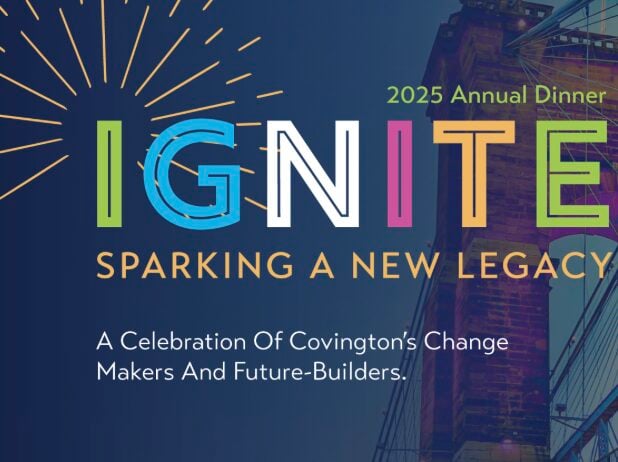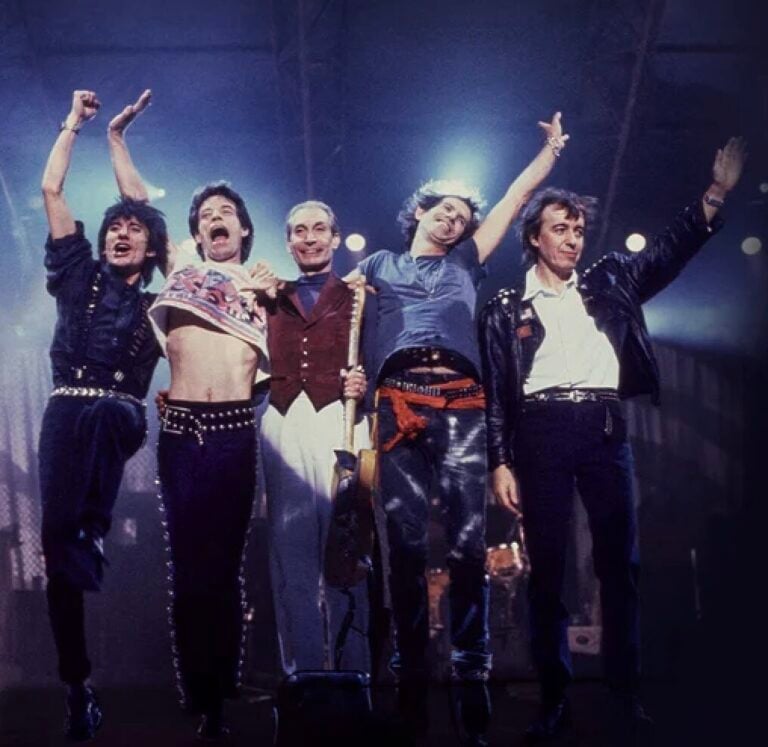I have just finished reading Waging a Good War: A Military History of the Civil Rights Movement, 1954-1968, by Thomas Ricks (Farrar, Straus and Giroux, 2022). It’s a new approach to this familiar but not well understood period in our national history, that provides helpful guidance to civil rights activists in our modern era.
In the popular understanding, the civil rights movement was based on Martin Luther King’s commitment to social change through nonviolence. This is not inaccurate, but it is incomplete.
Ricks argues that to fully understand how the movement achieved its successes, one must recognize the military-like planning, strategizing and training involved in preparation for actions, along with the discipline required in carrying them out. These war-like elements of implementation were, in Ricks’ view, essential to making nonviolence an effective approach to securing change.

Throughout his analysis Ricks makes reference to Gandhi, the original architect of the effective use of nonviolence, stressing his reliance on the centrality of discipline in achieving his and his movement’s goals.
But whether in rural India or the American South, critical social change cannot be achieved through different behavior alone, Ricks argues, particularly if it comes about through coercion. It must find a home deeper in people’s psyches, in the place where genuine acceptance and approval reside.
Thus, strategies for promoting change must find a way to burrow into that place. This occurs when perceptions, assumptions, and beliefs are countered – and changed – through observing and experiencing alternative behavior and action. When adhered to with consistent discipline, nonviolence – especially in response to violence – powerfully evokes that change.
Ricks closes his treatise with some observations about the Black Lives Matter (BLM) movement today. He reports, on the one hand, that there has been more effective preparation in BLM activities, similar to that of the civil rights movement, than is commonly recognized.
But on the other hand, he urges a greater understanding of the necessity of discipline, and adherence to it, along with intellectual and moral commitment to nonviolence, for it to result in the desired outcomes.
• • • • • •
Why does any of this matter?
Race has been a defining issue on this continent since 1619, when the first slaves were imported from Africa. Throughout our race-defined periods of history – slavery, emancipation, reconstruction, black codes, jim crow, lynchings, literacy tests, the civil rights movement, civil and voting rights legislation, affirmative action, achievement gaps, police violence, and the BLM movement – this ever-evolving but never-ceasing history mandates an ongoing recognition of race as a critical issue, one deserving of our most serious attention.
It is not at all clear where the next great leap forward can or will occur.
But what is clear, and made more clear by Ricks’ analysis, is that prospects are better for achieving goals if nonviolence is at the center of advocacy, and is adhered to with great discipline. Whether outcomes are as focused as criminal justice reform, or as broad as reparations, the means must be rooted in nonviolence.
And law.
Having finished Ricks’ account, I have picked up Judge Nathaniel Jones’ Answering the Call: An Autobiography of the Modern Struggle to End Racial Discrimination in America (The New Press, 2016). While Ricks focuses on broad-based social movements, Jones deals with the inextricably-linked legal revolution, that leading up to Brown v. Board of Education, and that which followed.
It should be equally compelling.
Col Owens is a retired legal aid attorney. He teaches poverty law at NKY’s Chase College of Law and has authored a memoir, Bending the Arc Toward Justice.




















